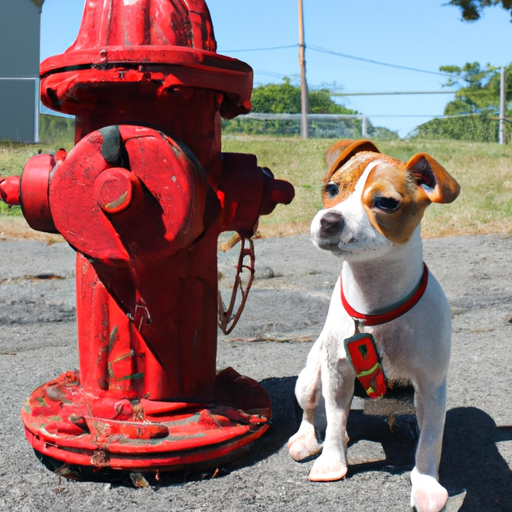As a caregiver, you are undoubtedly filled with love for your small furry friend. But sometimes, their biological needs can be a mystery, especially when it comes to their urinary habits. In this article, we will delve into the question, “how often do small dogs pee?” and provide you with the best possible content to completely cover this topic.
Understanding Your Small Dog’s Urinary System
First, it is essential to understand that your small dog’s urinary system is not much different from ours. It’s a complex mechanism designed to filter waste from the bloodstream and maintain a balanced internal environment. However, there are a few factors that can influence how often your small dog needs to pee:
- Age: Puppies need to pee more frequently than adult dogs. On average, a puppy can hold its bladder for one hour for each month of age. So, a 3-month-old puppy will need to pee every three hours.
- Size: Smaller dogs have smaller bladders, and thus, they need to pee more often than larger dogs.
- Diet: The type and amount of food your dog eats can also affect how often they pee. Dogs that eat wet food or have a high liquid intake will pee more often.
In general, a healthy adult small dog might need to pee between 3-6 times a day. However, this can vary depending on the factors mentioned above.
The Impact of Health Conditions
Just like humans, dogs can also suffer from health conditions that affect their urinary habits. If you notice any sudden changes in your dog’s peeing habits, it might be a sign of a health issue. Here are some common health conditions that can affect how often small dogs pee:
- Urinary Tract Infections (UTIs)
- Kidney disease
- Diabetes
- Bladder stones or infection
If your dog is peeing more often than usual or showing signs of discomfort while peeing, it’s essential to consult with a vet immediately.
Training Your Small Dog
Training your small dog when to pee can be a challenging task, but it’s not impossible. Here are a few tips to help you:
- Maintain a regular feeding schedule. Regular feeding times will regulate your dog’s peeing schedule.
- Take your dog out after meals. Dogs usually need to pee 10-30 minutes after eating.
- Reward your dog when they pee outdoors. This will encourage them to pee outside.
Remember, patience and consistency are key when it comes to training your dog.
Tips for Handling Your Small Dog’s Peeing Habits
Here are a few tips to handle your small dog’s peeing habits:
- Always provide fresh water. Dehydration can lead to urinary problems.
- Regularly clean your dog’s pee area. This will prevent bacteria growth which can lead to UTIs.
- Avoid changing your dog’s diet abruptly. Any sudden changes can affect their urinary habits.
FAQ
How can I tell if my dog has a UTI?
If your dog is peeing more frequently, having accidents in the house, or showing signs of discomfort while peeing, it could be a sign of a UTI. Always consult with a vet if you notice any of these symptoms.
Can I train my small dog to pee less often?
While you can’t train your dog to pee less often, you can train them to pee at specific times. It’s all about consistency and routine.
What if my dog is peeing less than usual?
If your dog is peeing less than usual, it could be due to a health issue like kidney disease. It’s best to consult with a vet.
How can diet affect my dog’s peeing habits?
A dog’s diet can greatly influence their peeing habits. For example, dogs that eat wet food or drink a lot of water will pee more often.
Is it normal for my small dog to pee more often than a large dog?
Yes, it’s normal for small dogs to pee more often than large dogs. This is because small dogs have smaller bladders.
In conclusion, understanding your small dog’s peeing habits is crucial for their health and well-being. It’s essential to always observe any changes and consult with a vet if you notice any symptoms of health issues. Remember, you are your small dog’s best advocate.



